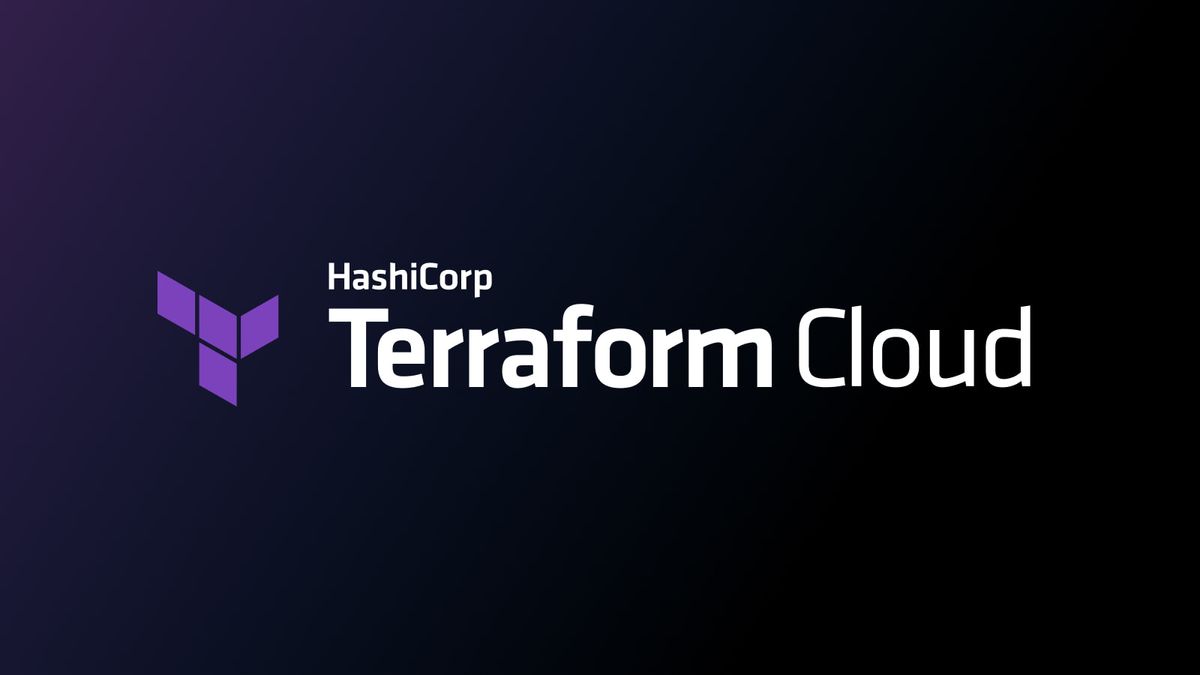Auto Scaling with Terraform
 Nehal Ingole
Nehal Ingole
Welcome, fellow cloud adventurers! Today, we're diving deep into the dynamic realm of AWS Auto Scaling, guided by the mighty force of Terraform. Get ready to embark on an electrifying journey through the clouds as we unravel the secrets of scalable infrastructure in this captivating blog post
Introduction
In today's fast-paced computing landscape, the ability to swiftly adapt to fluctuating demands is paramount. Auto Scaling Groups (ASGs) emerge as a solution to this challenge by dynamically adjusting the number of instances in response to workload changes. In this guide, we'll delve into the setup and testing of Auto Scaling using Terraform, a versatile infrastructure as code tool, on the AWS cloud platform.
Creating an Auto Scaling Group with Terraform
Auto Scaling Groups are effortlessly crafted using Terraform, a go-to choice for managing infrastructure as code. Terraform allows us to define resources declaratively, simplifying the management and scaling of our infrastructure.
resource "aws_launch_configuration" "web_server_as" {
image_id = "ami-005f9685cb30f234b"
instance_type = "t2.micro"
security_groups = [aws_security_group.web_server.name]
user_data = <<-EOF
#!/bin/bash
echo "<html><body><h1>You're doing really Great</h1></body></html>" > index.html
nohup python -m SimpleHTTPServer 80 &
EOF
}
resource "aws_autoscaling_group" "web_server_asg" {
name = "web-server-asg"
launch_configuration = aws_launch_configuration.web_server_lc.name
min_size = 1
max_size = 3
desired_capacity = 2
health_check_type = "EC2"
vpc_zone_identifier = [aws_subnet.public_subnet_1a.id, aws_subnet.public_subnet_1b.id]
}
Testing Auto Scaling
Once our Auto Scaling Group is established, verifying its functionality becomes imperative. This can be achieved by manipulating the desired capacity of the group and observing its response.
Navigate to the AWS Management Console and select our Auto Scaling Group. Increasing the desired capacity prompts the Auto Scaling Group to spawn new instances to meet heightened demand. After a brief interval, confirm the creation of these instances in the EC2 Instances service.
Conversely, reducing the desired capacity mimics a decrease in demand, leading the Auto Scaling Group to terminate surplus instances. Verify the termination of excess instances in the EC2 Instances service.
Conclusion
Auto Scaling Groups represent a robust mechanism for dynamically adjusting infrastructure size in line with evolving demand. Leveraging Terraform simplifies the management of Auto Scaling resources, ensuring seamless scaling of applications on AWS.
By following the steps outlined in this guide, you can confidently configure and test Auto Scaling for your applications, guaranteeing their responsiveness and cost-effectiveness across varying workloads.
Connect with us:
Hashnode: https://hashnode.com/@Nehal71
Twitter : https://twitter.com/IngoleNehal
Subscribe to my newsletter
Read articles from Nehal Ingole directly inside your inbox. Subscribe to the newsletter, and don't miss out.
Written by

Nehal Ingole
Nehal Ingole
🚀 Greetings World! 🌐 Meet a dynamic Frontend Developer, UI/UX Designer, and avid explorer of Cloud & DevOps realms! Uncover the journey of a professional deeply passionate about crafting seamless user experiences, designing visually stunning interfaces, and navigating the cloud with a DevOps mindset. 🔧 Skills Snapshot: Frontend Mastery: HTML, CSS, and JavaScript expert, specializing in React, Angular, and Vue.js. Design Wizardry: Proficient in wireframing, prototyping, and Adobe Creative Suite and Figma for captivating designs. Cloud Maestro: Fluent in AWS, Azure, and Google Cloud Platform, adept at architecting scalable solutions. DevOps Guru: Skilled in Docker, Kubernetes, Jenkins, and Git, contributing to efficient development workflows. 🔗 Let's Connect: Open to collaborating on exciting projects and sharing industry insights, I invite connections for networking or discussions. Reach out for potential collaborations. 📧 Contact Me: GitHub: GitHub Profile Email: nehalingole2001@gmail.com Mobile: 7397966719 Figma: Figma Profile Twitter: Twitter Profile HashNode: HashNode Profile LinkedIn : LinkedIn Profile